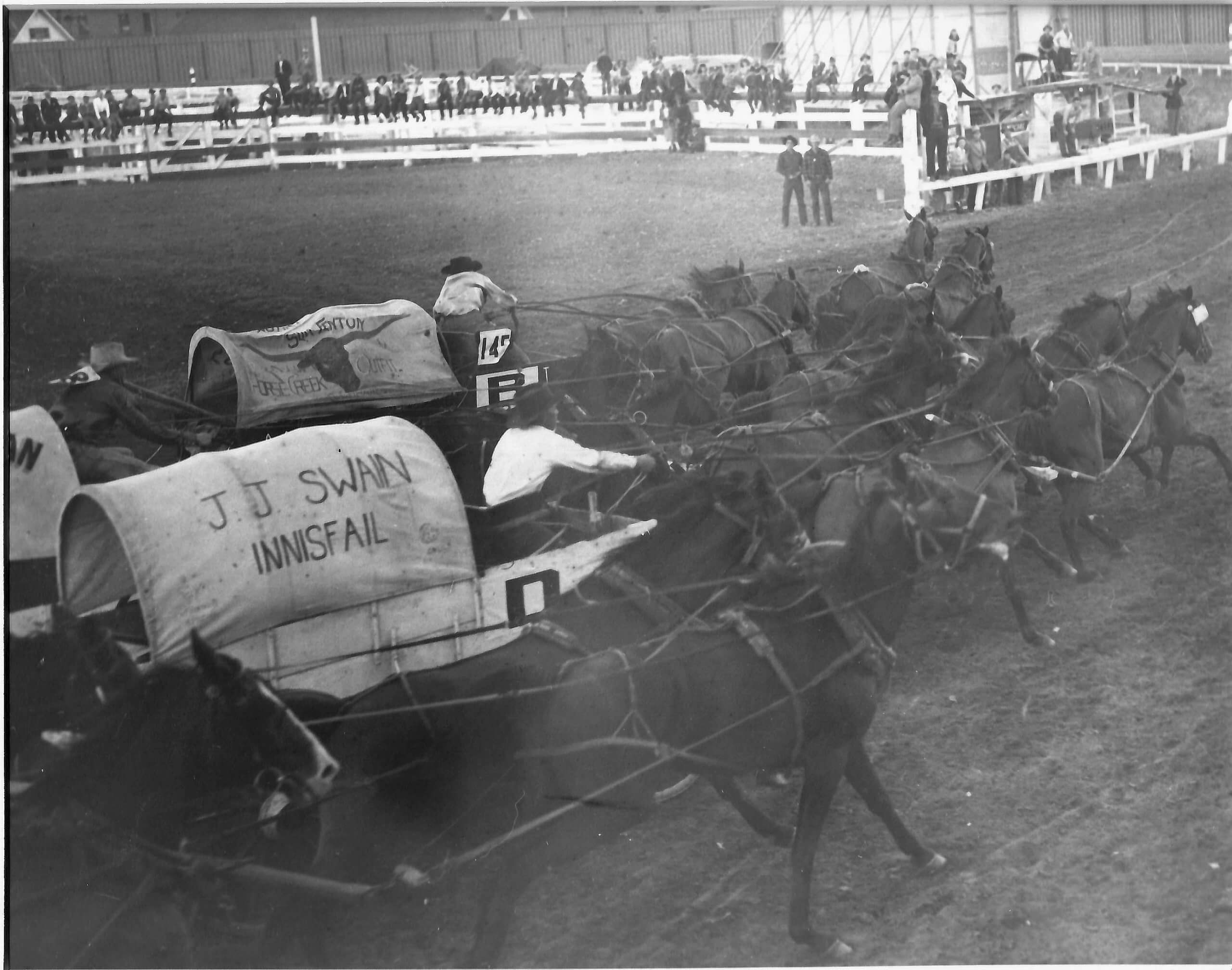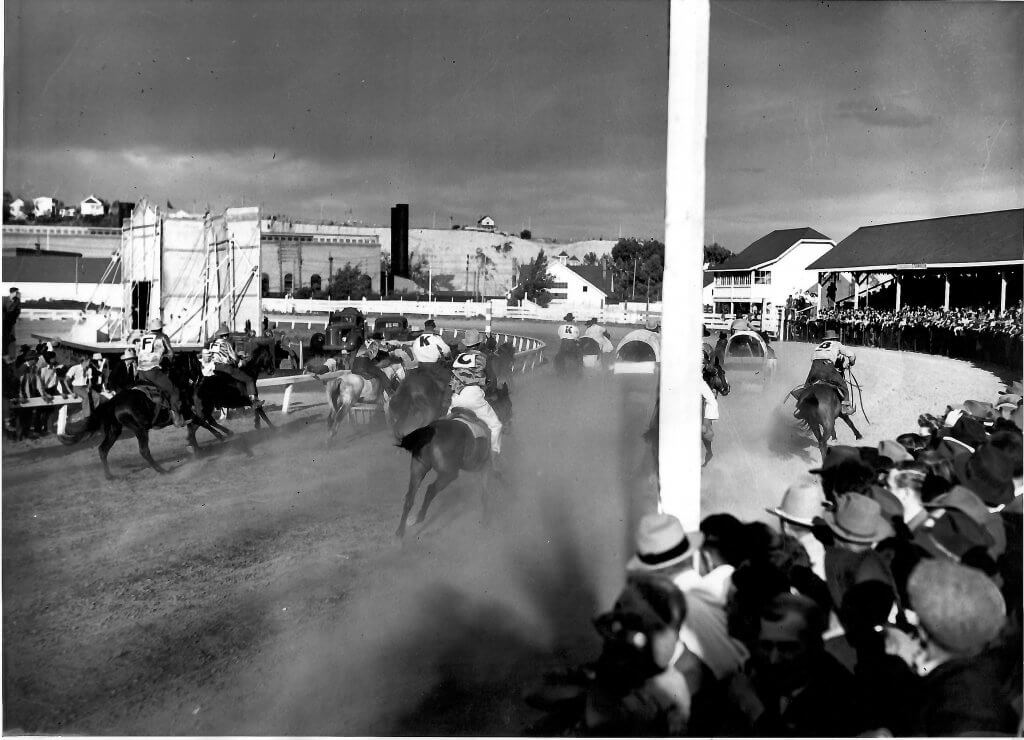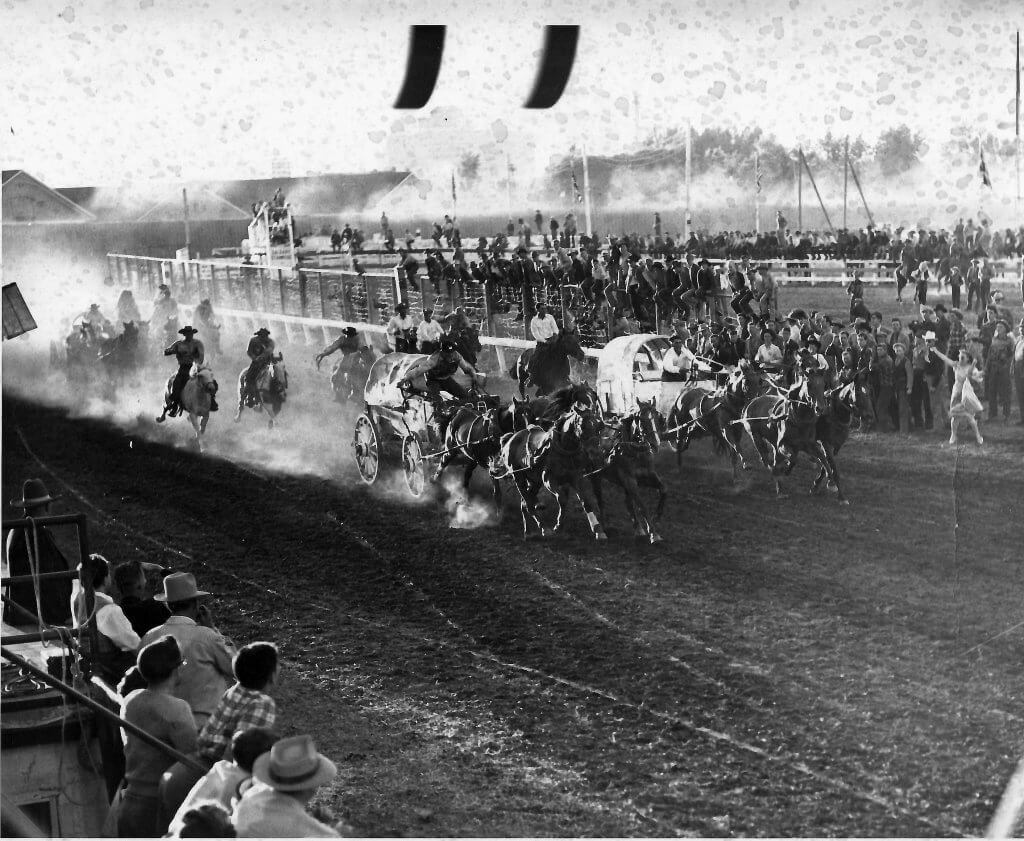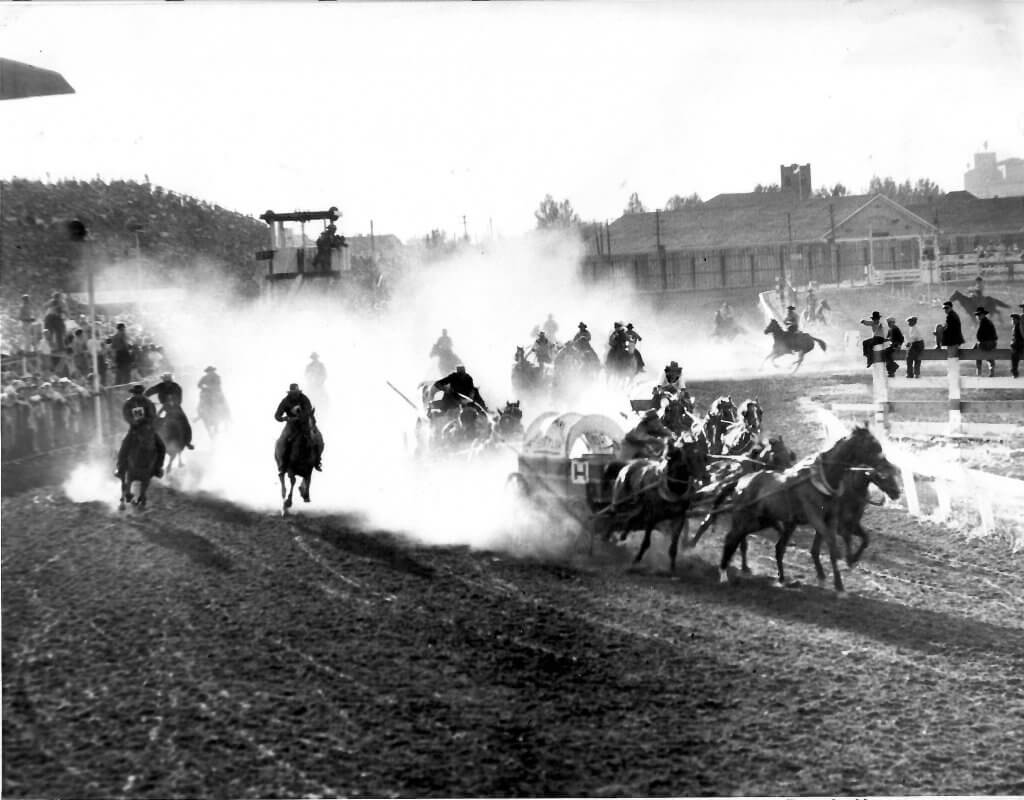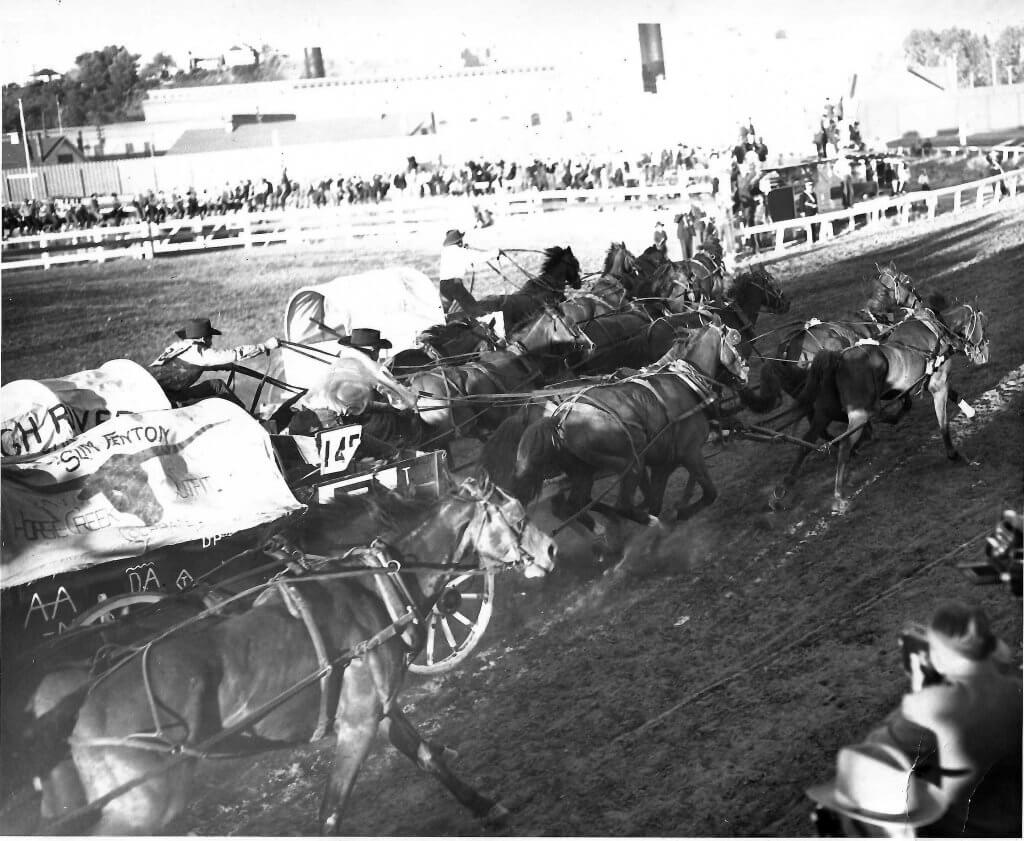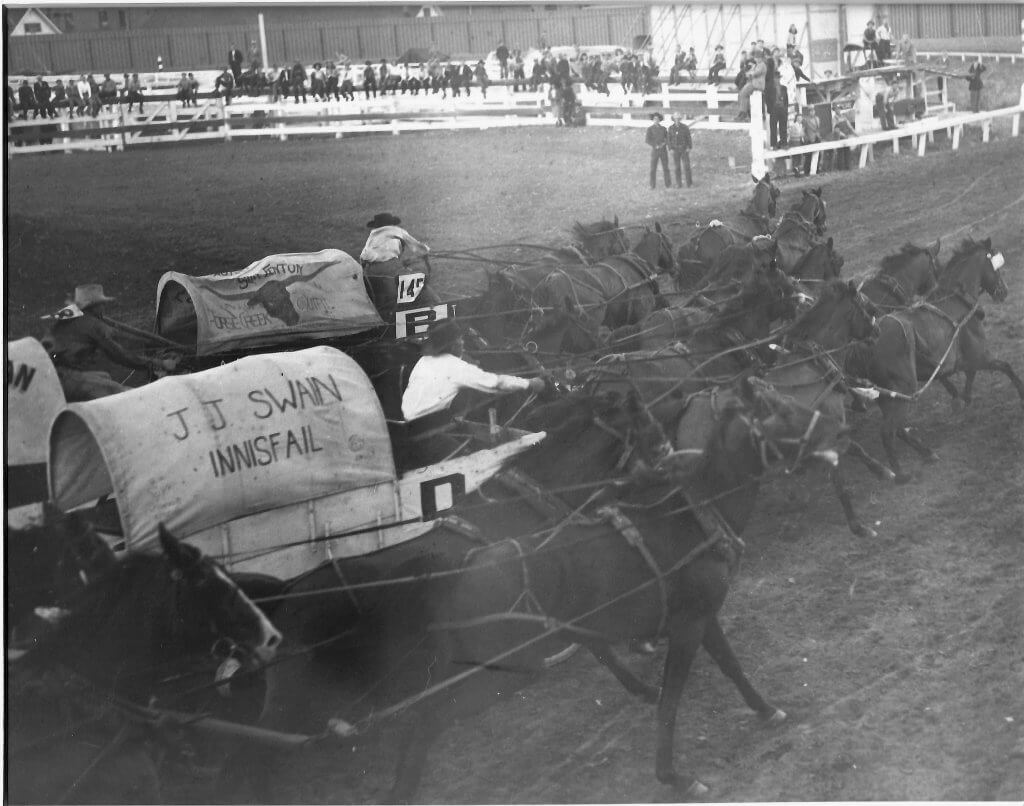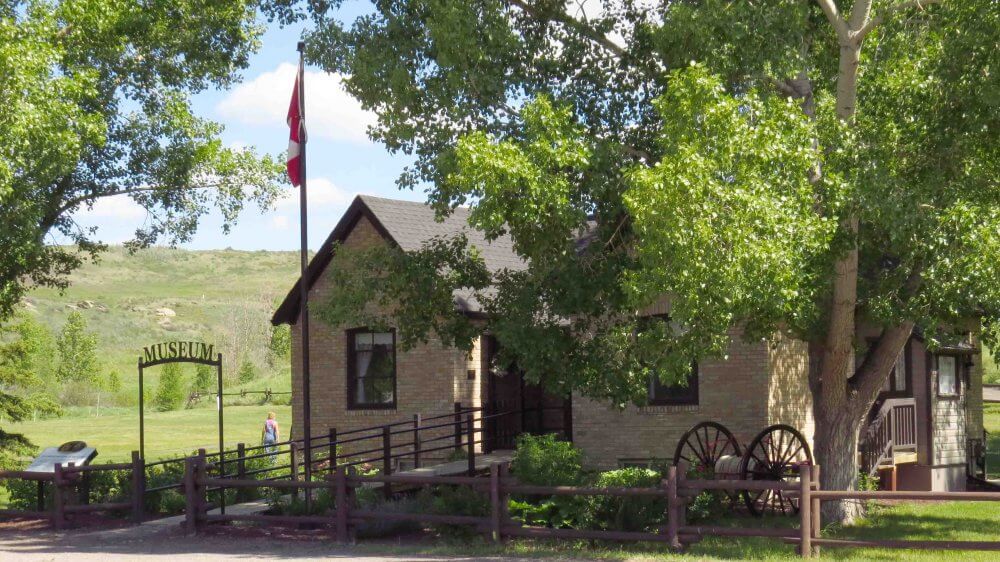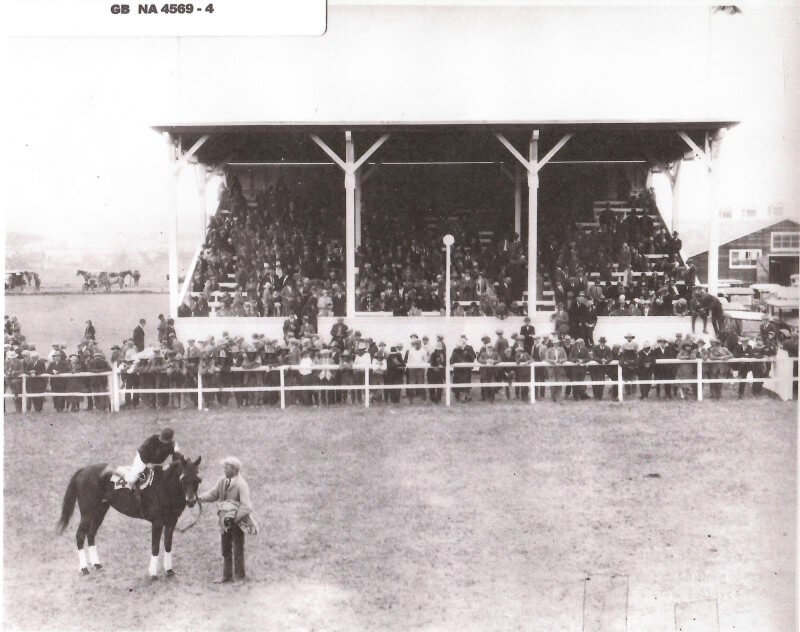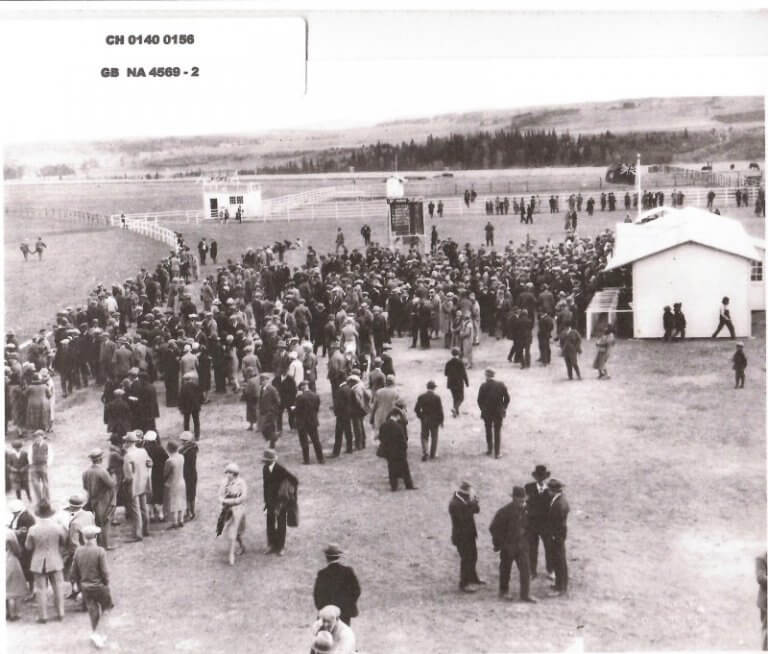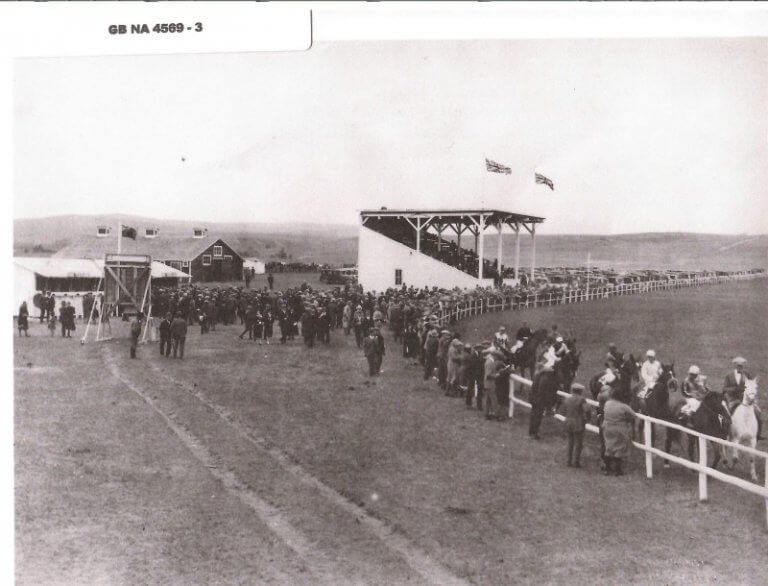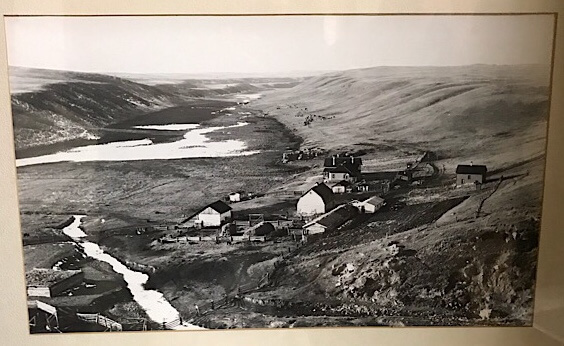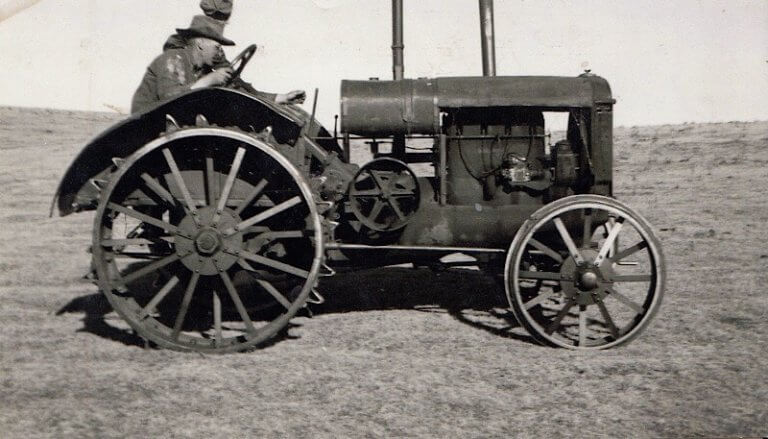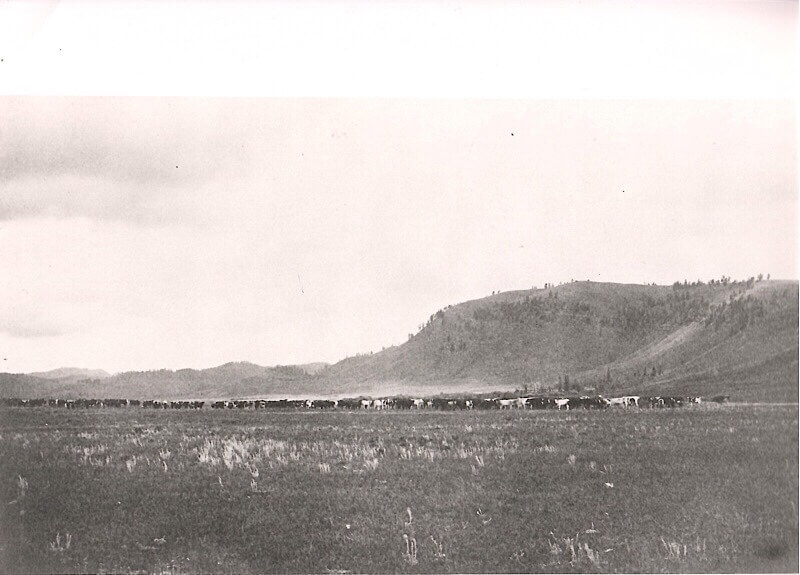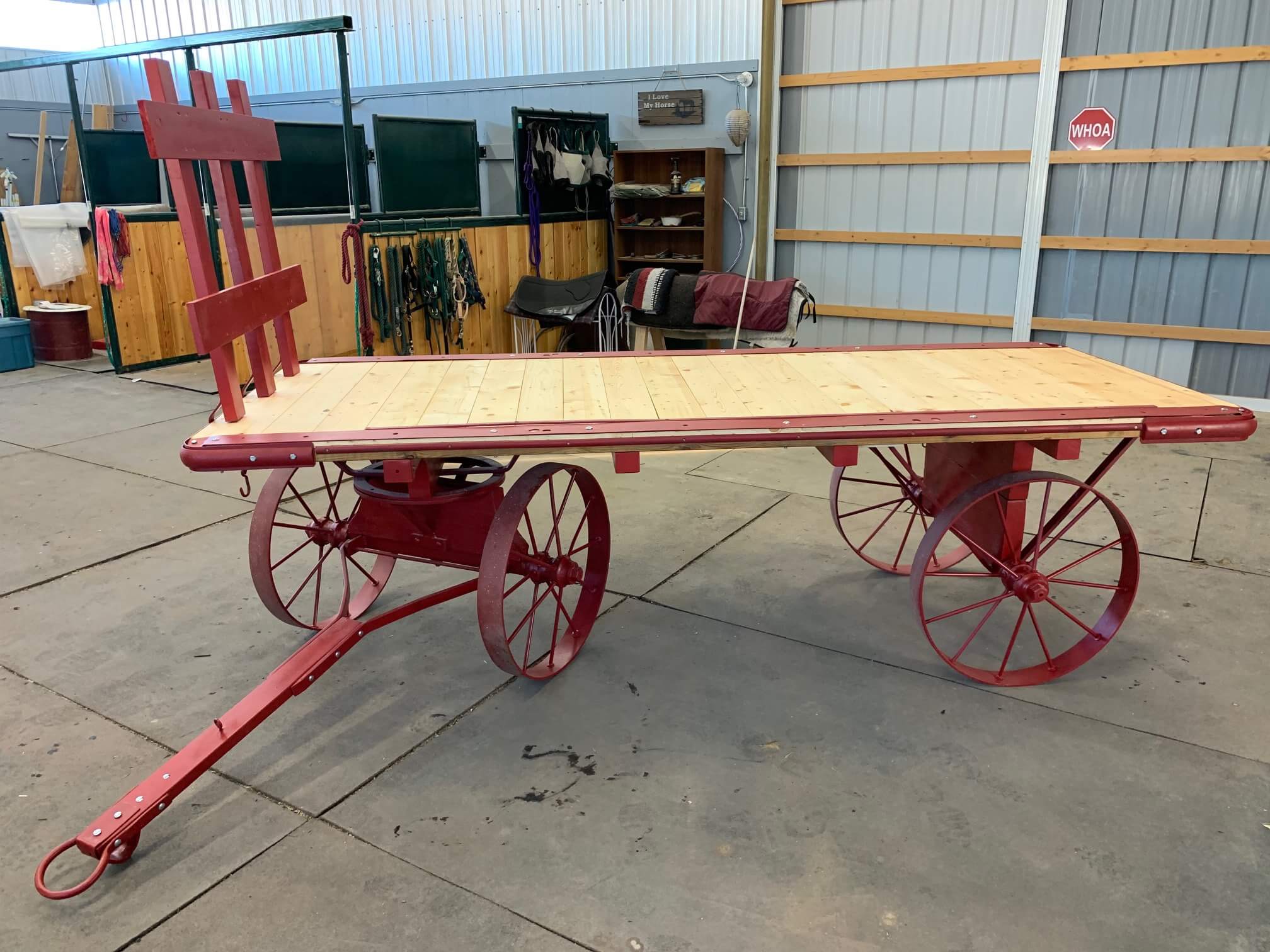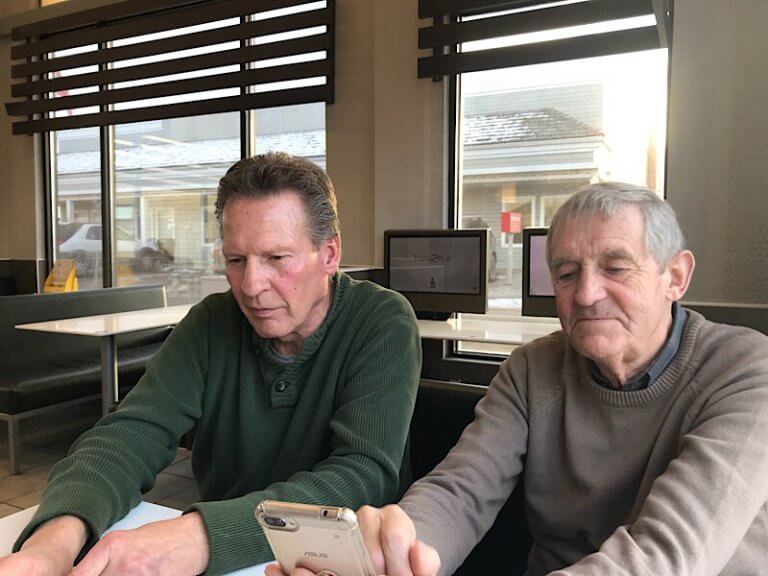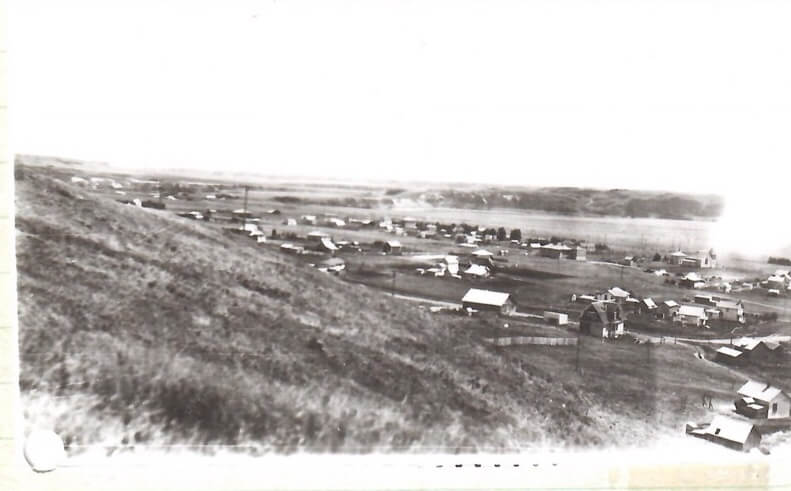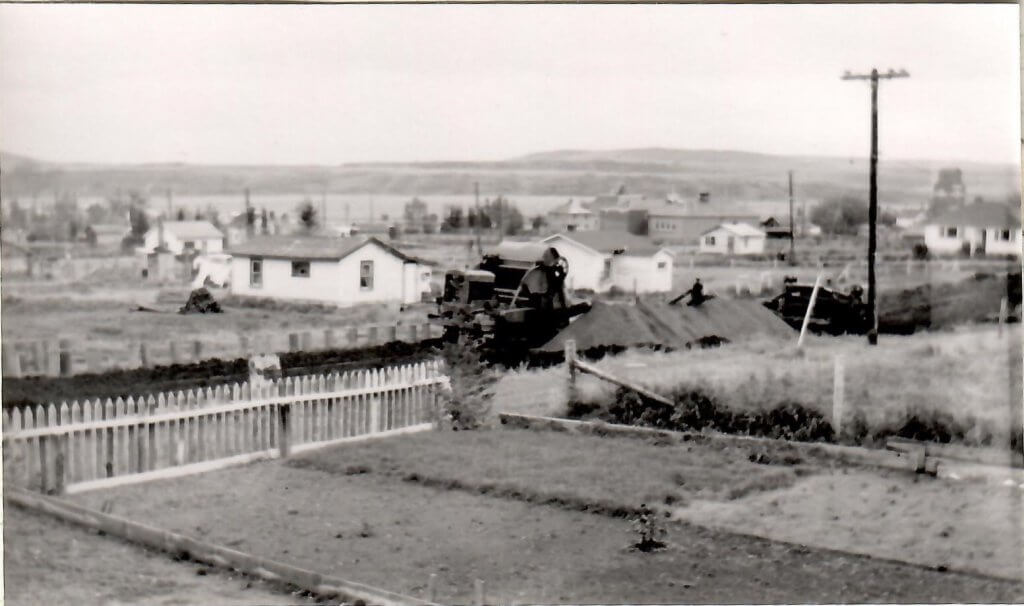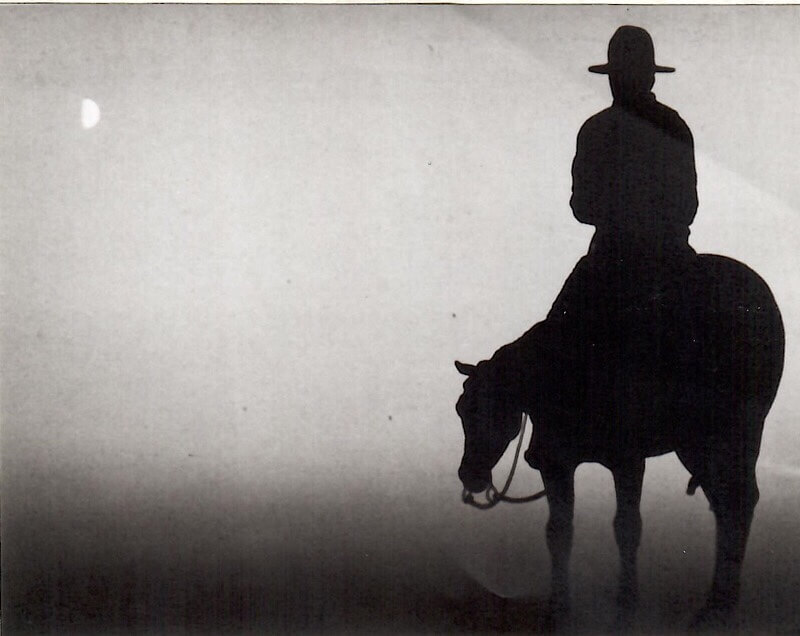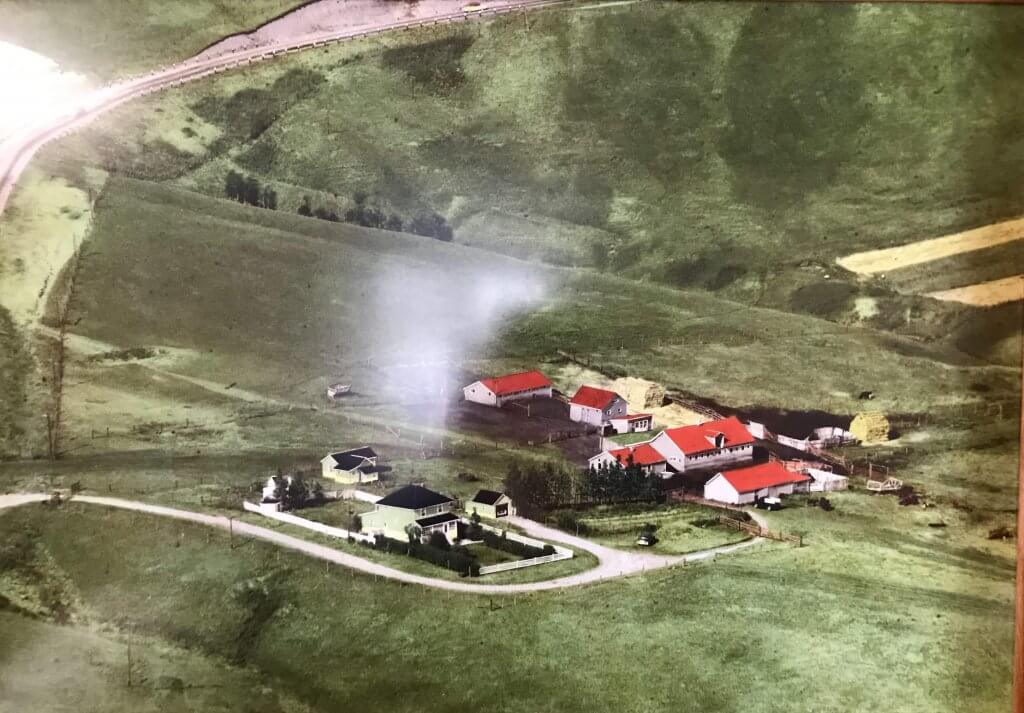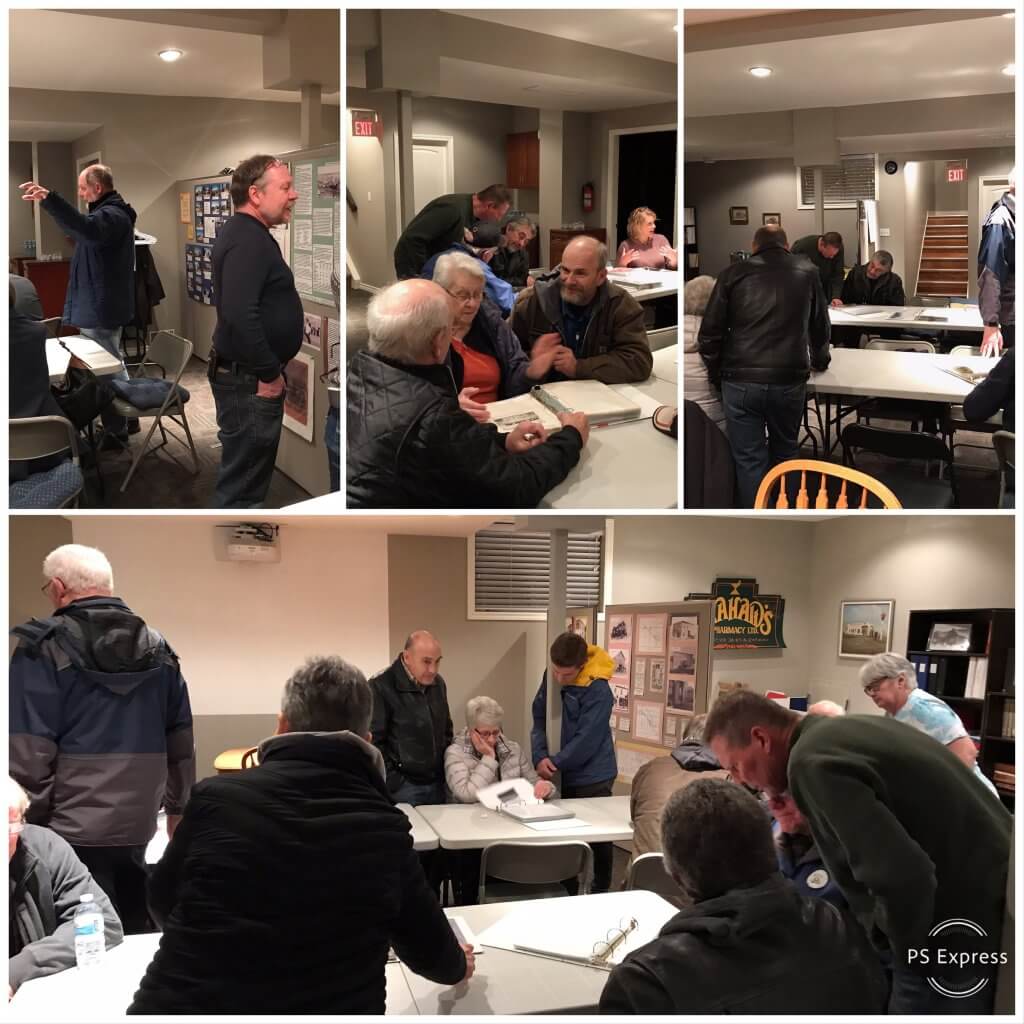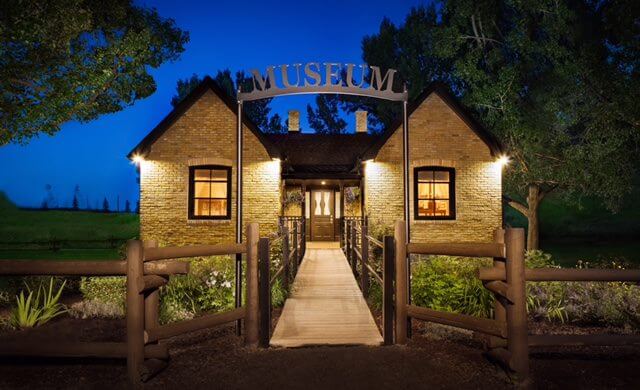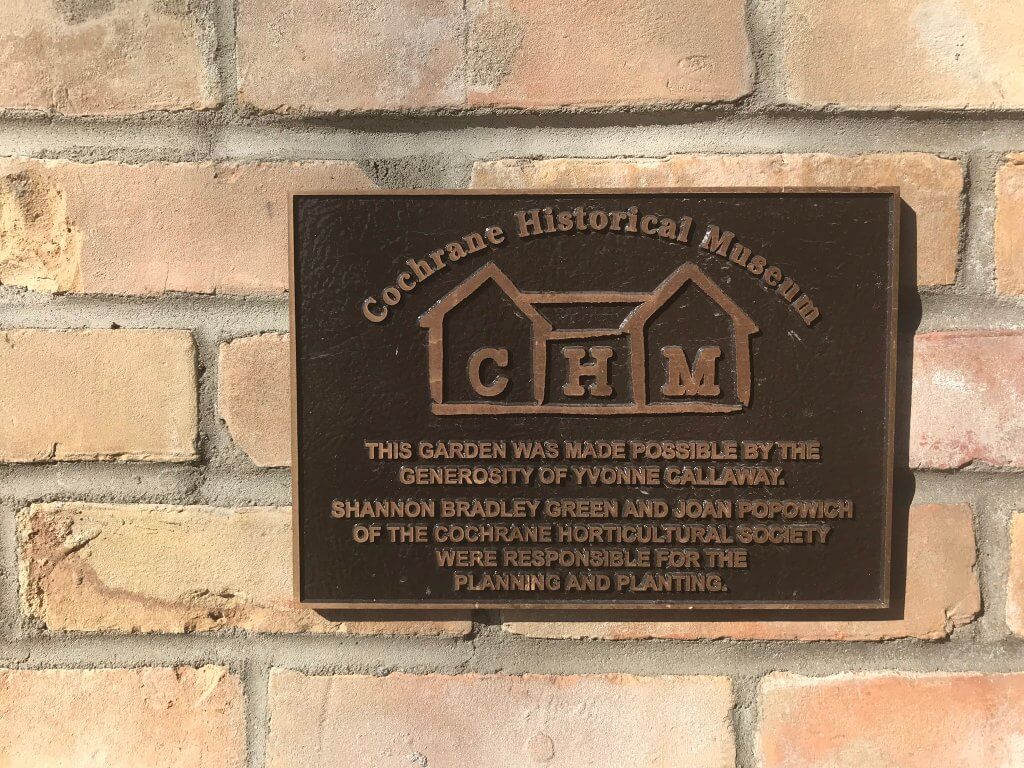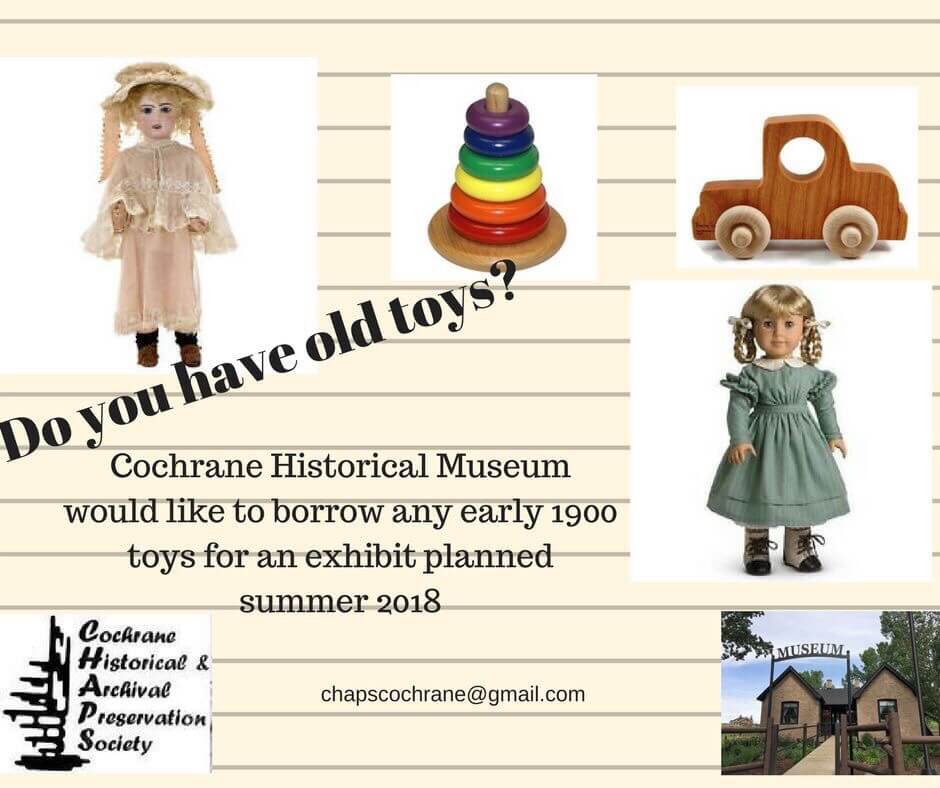“Dixie Land”:
Dixie Land was another Kerfoot horse. In 1895, Kerfoot won races at both the Cochrane and Mitford race meet and the Calgary race meet onboard Dixie Land. The horse would go on to win races across the continent, including in Winnipeg and San Francisco before eventually being sold and shipped to Australia where it continued to win races on the Australian racing circuit.
“Cyclone”
Cyclone was bred by G.E. Goddard of the Bow River Horse Ranch and was the offspring of another famous horse imported by the Bow River Horse Ranch, “Juryman” who had won the Belmont Stakes before being imported to the Cochrane area. Goddard raced Cyclone as a two-year-old before selling him to A.J. Murphy of Cochrane in the 1890s, Cyclone and Dixie Land were the most famous racehorses in the West. Cyclone won almost every race he entered, with victories in Cochrane, Calgary, Winnipeg, Edmonton, Grand Forks, ND, and Windsor. Sporting Murphy’s green and gold silks, Cyclone was one of the most successful horses to come out of the Cochrane area.



